Rockwell Kent (1882-1971), Twelve printing plates for the frontispieces of Giacomo Casanova’s Memoirs ([New York], 1925) Graphic Arts collection GAX 2011- in process. Copper line block relief plates attached to wood blocks.
Giacomo Casanova (1725-1798), Memoirs. Translated into English by Arthur Machen with an introduction by Arthur Symons, a new preface by the translator, and twelve drawings by Rockwell Kent. Priv. print. for subscribers only. ([n.p.] Aventurors, 1925) Rare Books (Ex) 14091.241.1925, v.1-12.
1925 was a busy year for Rockwell Kent. Newly divorced from his wife but still supporting his five children, Kent took on more commercial work then he might have preferred. This included the designs for 12 frontispieces to accompany a limited edition set of Casanova’s Memoirs, translated into English by Arthur Machen in 1894. 12,000 relief line cuts were printed for the edition of 1000, sold only to a group of subscribers identified as Aventuros. This was Kent first attempt to illustrate a major literary text and the project met with enthusiastic approval.
The following year, Kent was approached by R.R. Donnelley and Sons to repeat his success by illustrating another novel. Kent suggested Moby Dick, a project which was not completed and published until 1930 (sold out immediately). Then, late in 1927 and working into 1928, Kent, Elmer Adler, and the newly established publishing firm of Random House agreed to join forces on a deluxe edition of Voltaire’s Candide. Kent not only designed the book’s illustrations and its type but also the Random House logo, which they continue to use today.
In 1932, the New York firm of A. & C. Boni reprinted Memoirs, using only eight of Kent’s less salacious plates. This was done without Kent’s knowledge or permission, although they acknowledged the earlier edition with a note:
“The twelve volume Aventuros edition (New York, 1925) has been used as a basis for the present edition; the eight volume French edition (Paris, Garnier) has also been employed.”
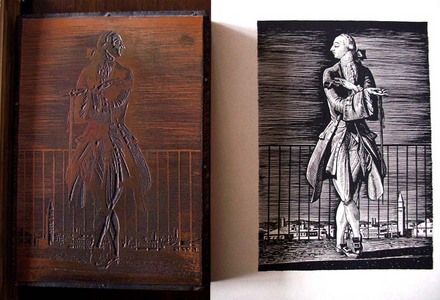
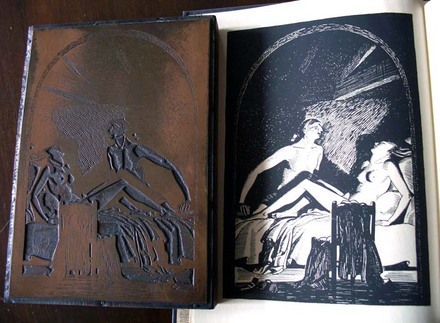
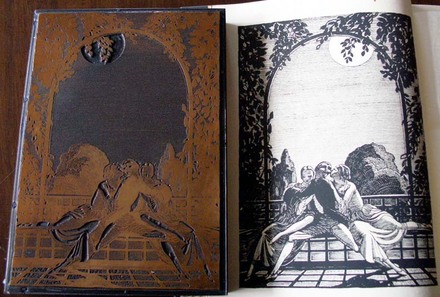
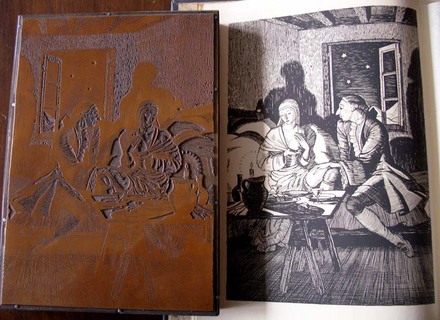
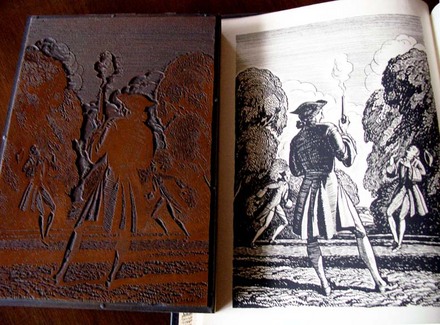
I think it was Aventuros, not Aventurors, but I am relying only on word of mouth and online information. It may be that Egmont Arens' Flying Stag Press was involved in the preparation and/or the printing, or it could have been Elmer Adler's Pynson Printers. I would be interested in any information about the design, printing and binding of this book.